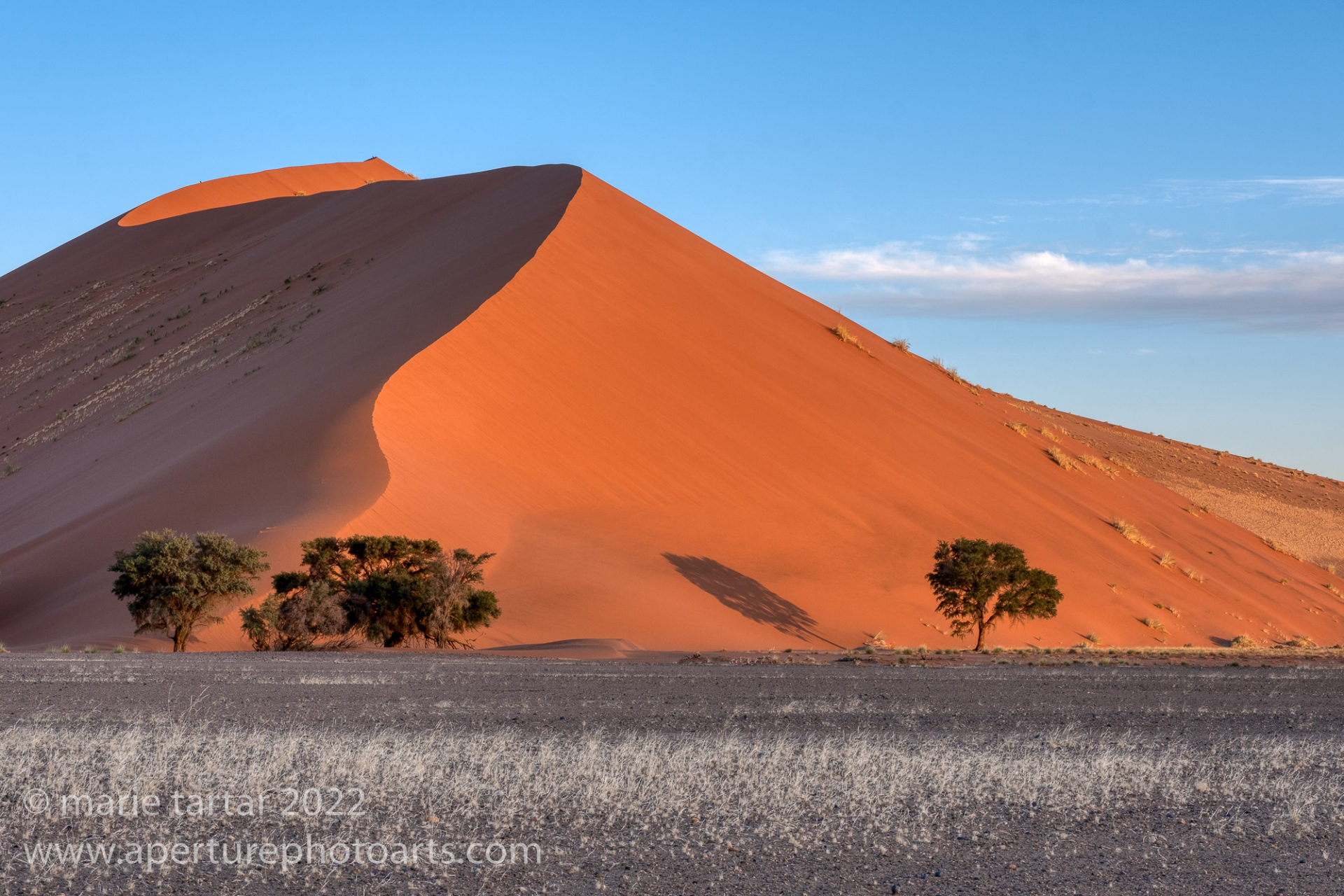
Thursday June 2, 2022
By four days into the first of our 2 weeks in Namibia, this trip had already exceeded my expectations, even before reaching what for me was the main attraction: Sossusvlei. Sossusvlei roughly translates into dead end marsh. Vlei is an Afrikaans word meaning marsh and sossus is a Nama word meaning no return. Sossusvlei is an endorheic drainage basin (or basin without outflows) of the ephemeral Tsauchab River, according to Wikipedia. That is, the river is usually dry and so the vlei is only VERY occasionally a marsh when it flows, but is most often a dry clay pan. To reach it requires hiking over surrounding red sand dunes, which are rearranged over time by the wind and occasionally, by the river flowing into the basin.
It was both surprisingly warm and comfortably cool as we left Lüderitz on the Atlantic coast of Namibia at 7:30 am, retracing our way inland to Aus, where we took advantage of the last non-bush “comfort station”, our guide Forster’s favorite restroom euphemism. Our visits to the abandoned diamond mining towns of Kolmanskop and Elizabeth Bay had been a fascinating confluence of history, architecture, nature and the passage of time and we were again changing photographic gears dramatically. At the service station/general store at Aus, I picked up a small black and white beaded zebra to keep my South African penguin company.
Up until today, we had been exclusively on paved roads, but today we were subjected to an “African massage” as we transitioned to gravel roads on our way to Sossusvlei. It was images of giant red sand dunes and stark and lonely sculptural trees that made me want to visit Namibia in the first place. Along the way, the terrain is flat with pale gold grasses unfolding into distant purplish hills.

I hadn’t thought of Namibia as a birding destination, but we saw quite a nice variety, starting with this pale chanting goshawk.
Birds sightings along the way had us keeping our cameras at the ready, exercising our long lenses: First sighting was a pair of pale chanting goshawks perched on a bush. I had more success with a solitary specimen on a fencepost. We saw our first ostriches of the trip, including a string of chicks flanked by two adult females.

A proud ostrich strides through golden grasses. We were lucky in our timing this year with these grasses, as Martin told us not every year is like this.
More unfamiliar birds appeared to frustrate and delight us, including lesser kestrels, Ruppell’s Korhaan and a juvenile Marshall eagle.
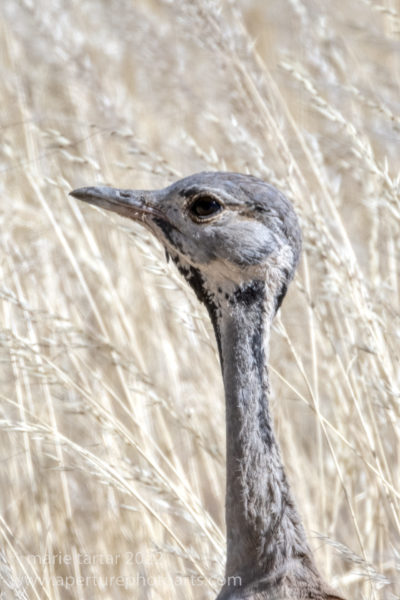
Only the head of this Ruppell’s Korhaan protruded above tall grasses en route to Sossusvlei, Namibia.
We saw our first antelope of the trip, a male oryx.
Over the ensuing days, antelope sightings would become routine, until we hardly commented, even passing crowds of springboks.
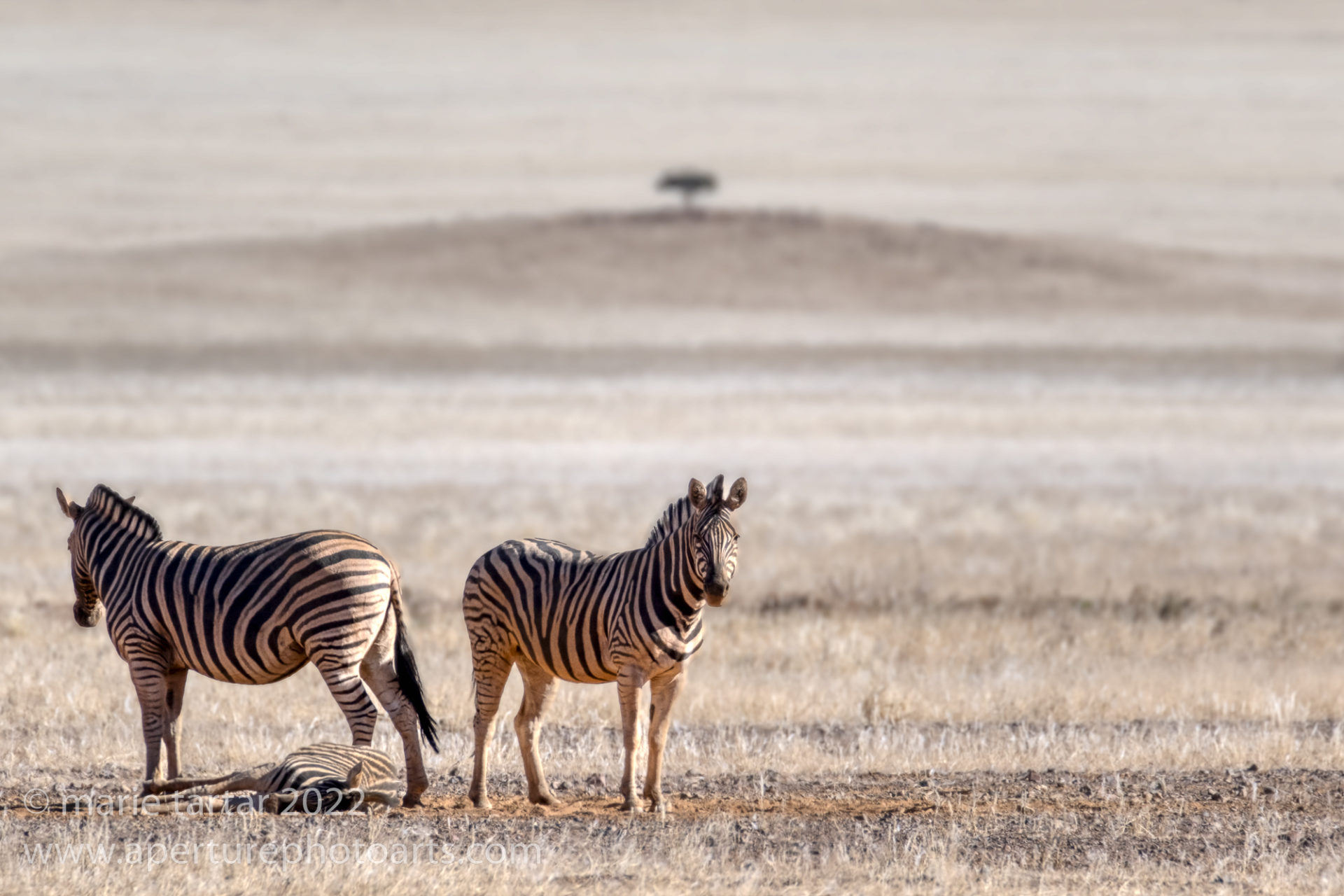
No white underpants=Plains or Burchell’s zebra, the most common variety. Another clue: the stripes extend across the belly.

Sossus Dune Lodge is a series of thatch-roofed African style huts strung along an elevated wooden boardwalk nestled into the base of backing hills and facing a vast open space.
Sossus Dune Lodge was our accommodation for 3 nights, a Namibian Wildlife Resort (government-run) and the only one inside the Namib-Naukluft Park. The park is the 4th largest in Africa and encompasses the southern Namib Desert (from which the country’s name is derived, meaning vast open space) and the Naukluft Mountains. Our cottage has a view of a small lit watering hole frequented by oryx.
Our stay here is enhanced by the splendor of the Milky Way overhead and glowing moonsets each evening.

The majesty of the African night is breathtaking! The setting moon and stars as seen from Sossus Dune Lodge, a string of African style thatch-roofed, canvas-walled elevated cabanas along a boardwalk.
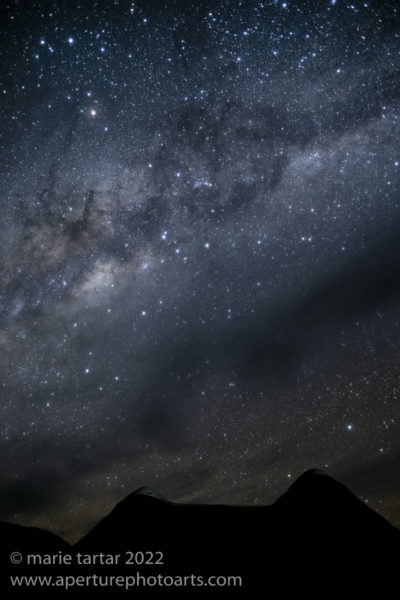
The Milky Way was just one among many highlights of our stay in the Sossusvlei area of Namibia. The low “hills” at the bottom of the frame are actually the roofs of the African hut style cottages of Sossus Dune Lodge (Greg’s idea).
This is the first lodge where our beds are surrounded by mosquito netting, necessary here because of the slender gaps in the wood flooring of our rooms. The styling is elegant rusticity, with stone shower enclosures.
This dramatic landscape is what drove us to travel here. The towering and continuously wind-sculpted star-shaped sand dunes of iron oxide tinted red sand glow brilliant orange in some lights, contrasting with the whitish clay pan (vlei) of Sossusvlei. Both mornings we hiked over dunes to reach Deadvlei. The dunes are being continually rearranged by multi-directional winds and occasional rains which form the west-flowing Tsauchab River.
Jon’s errant suitcase, missing in action since Sunday, arrived this evening. We all were impressed with how gracefully he dealt with the inconvenience of being without it. Back on our arrival day in Windhoek, he purchased emergency provisions (T shirts, a down jacket, underwear, toiletries), as well as a backpack in which to pack these new acquisitions and he appeared prepared and resigned to potentially managing with only these for the entire trip. He also has an impressive knowledge of pop culture, movies and music and has an endless store of anecdotes from years working for Shell in locales as far-flung as Nigeria and Syria.
At dinner, I was pleasantly surprised how tender and delicious the evening’s meat option (kudu, a large antelope) is as an entree. By now we had all remarked on our driver-guide Forster’s culinary choices: he always eats meat and disdains vegetables (he considers chicken and fish to be vegetables), stirs spoonfuls of sugar into his morning coffee and heavily salts his food. He is youthful and trim, but it is hard not to think these choices may not be ideal for the long term.
Friday June 3, 2022
We departed the Lodge at 6:15 am in the dark. Forster had to adjust the differential for the final drive over sliding deep sand.
To reach Deadvlei, we hiked over two dunes which formed since Martin’s last trip here 3 years ago. There were a few other small parties there, mostly couples. It was chilly, but the hike through thick sand warmed us up by the time we reached the greyish white clay pan.
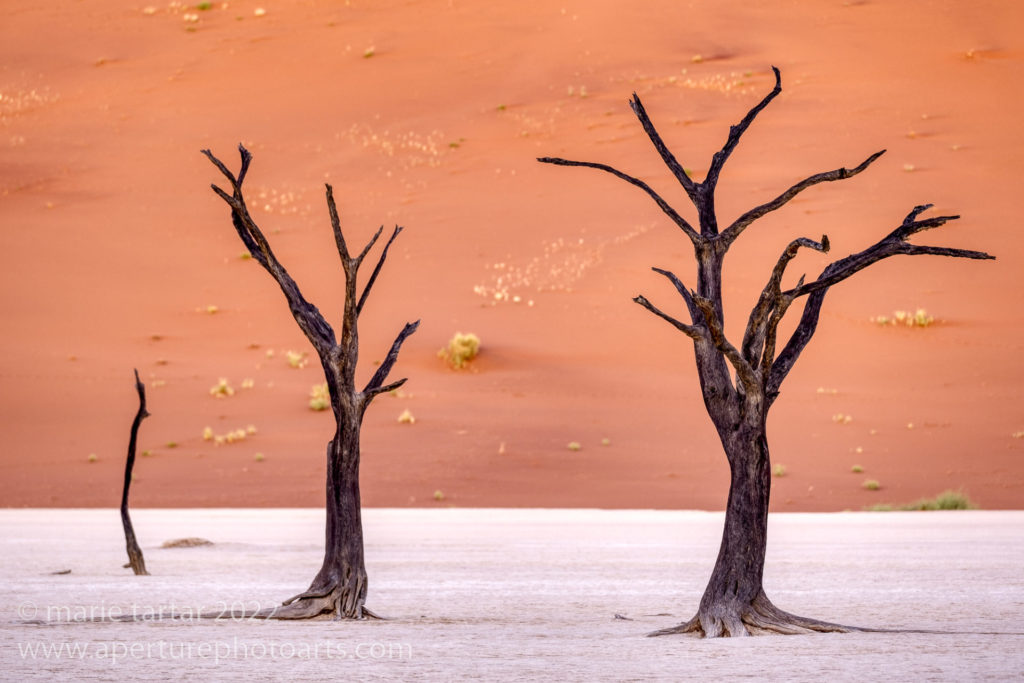
Beautiful in a different way: Deadvlei, waiting for the sun to rise over the dune behind us to light the opposite dune.
We arrived early enough to watch the glow creep down one slope of a dune as the sun cleared its counterpart behind us.

Most of our group working it in Deadvlei, Namibia, courtesy of organizer and photographic guide extraordinaire, Martin Bailey. From left: Steve, Greg in his mountain man guise, me, and Jan. To isolate the camel thorn trees, we used surprisingly long focal lengths (medium telephotos).
We took test shots as the sun crept down the face of the dunes backing the foreground acacia trees. Our decisions were relatively few: horizontal vs. vertical, how many trees to include (what focal length and where to stand), to include the sky or not. The sweet spot of this shoot is when the sun completely lights the background dune a brilliant orange but the clay pan and foreground trees are still in shadow, a situation which lasts only a couple of minutes, analogous to shooting an eclipse, with less pressure.
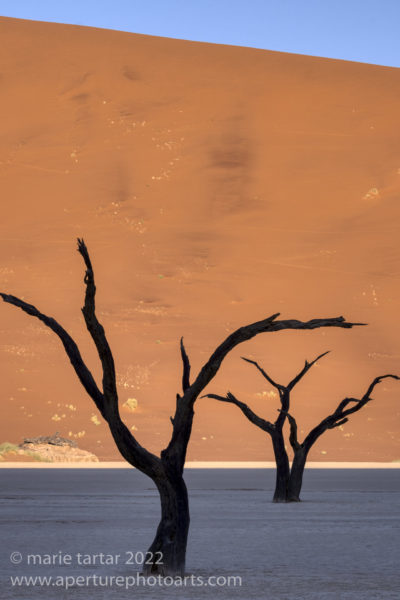
Dead camel thorn trees in dialogue at Deadvlei, Namibia. I found I actually preferred the shots with a lighted strip of clay pan to delineate the dune from the pan.
The skeletal remains of acacia camel thorn trees dating up to 600 years old were initially near-black silhouettes until the sun finally reached them.
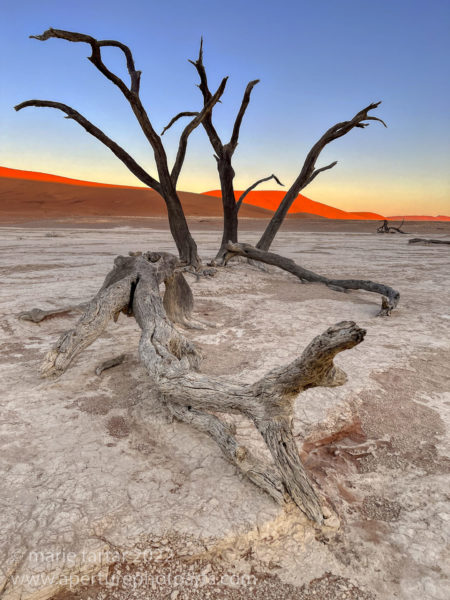
It was a relief to reach the firm footing of the packed clay pan after trudging through the slipping sand of the dunes surrounding Deadvlei, Namibia.
Back at the Lodge, I followed Forster’s lead for lunch, a beef samosa and pork chop. We headed out into the dunes for the afternoon, electing to bypass the famous ones which are oversubscribed, probably due in part to the proximity of their parking.
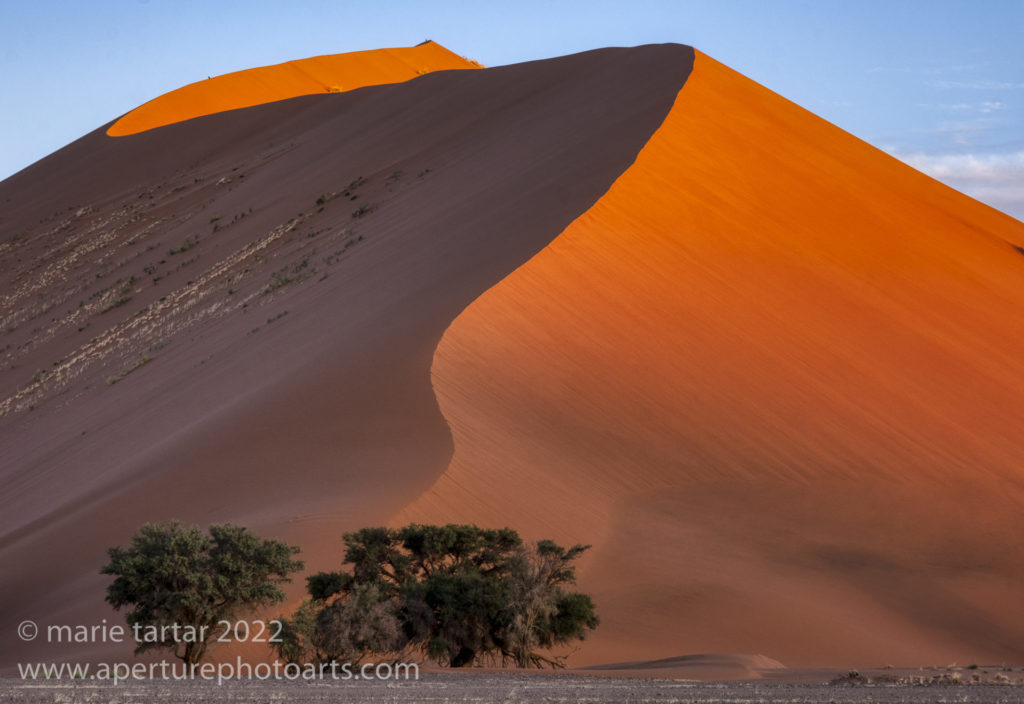
Tiny projections from the ridge of this tall dune in Sossusvlei turned out to be birds when I blew this way up!
Saturday June 4, 2022

Deadvlei: the blue of the Namibian sky, combined with the glowing orange of these sun-lit sand dunes and sculptural silhouettes of ancient trees, a combination I’ll never forget.
On our second morning sunrise at Dead Vrei, there were fewer people, but their composition had changed dramatically. Two wedding couples had trekked in to be photographed, including a bride, who despite her long white lace dress, managed to climb halfway up a steep dune.
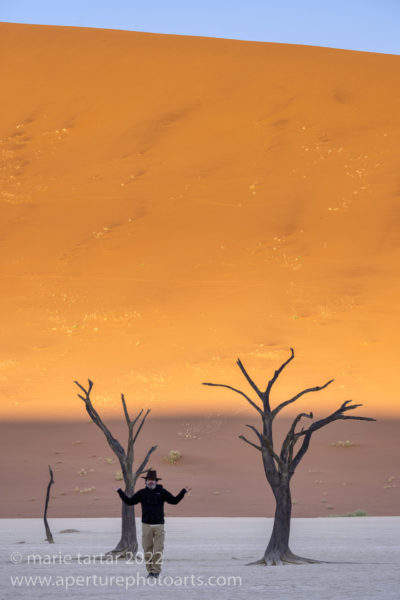
Besides the wedding parties, we saw some strange people in Deadvlei, Namibia, like this bearded mountain man…oh wait, that’s Greg!
At breakfast in the field after the shoot, we were introduced to a new-to-us breakfast drink, coffee laced with amarula, a creme liqueur made from a sub-Saharan fruit of the marula tree, with a taste similar to Bailey’s. Forster also introduced me on this trip to a refreshing daytime drink I dubbed Forster’s Favorite-double shots of passion fruit juice mixed with Fitch & Leedes soda water and sparkling lemonade (Bespoke Mixers for the Discerning Individual).
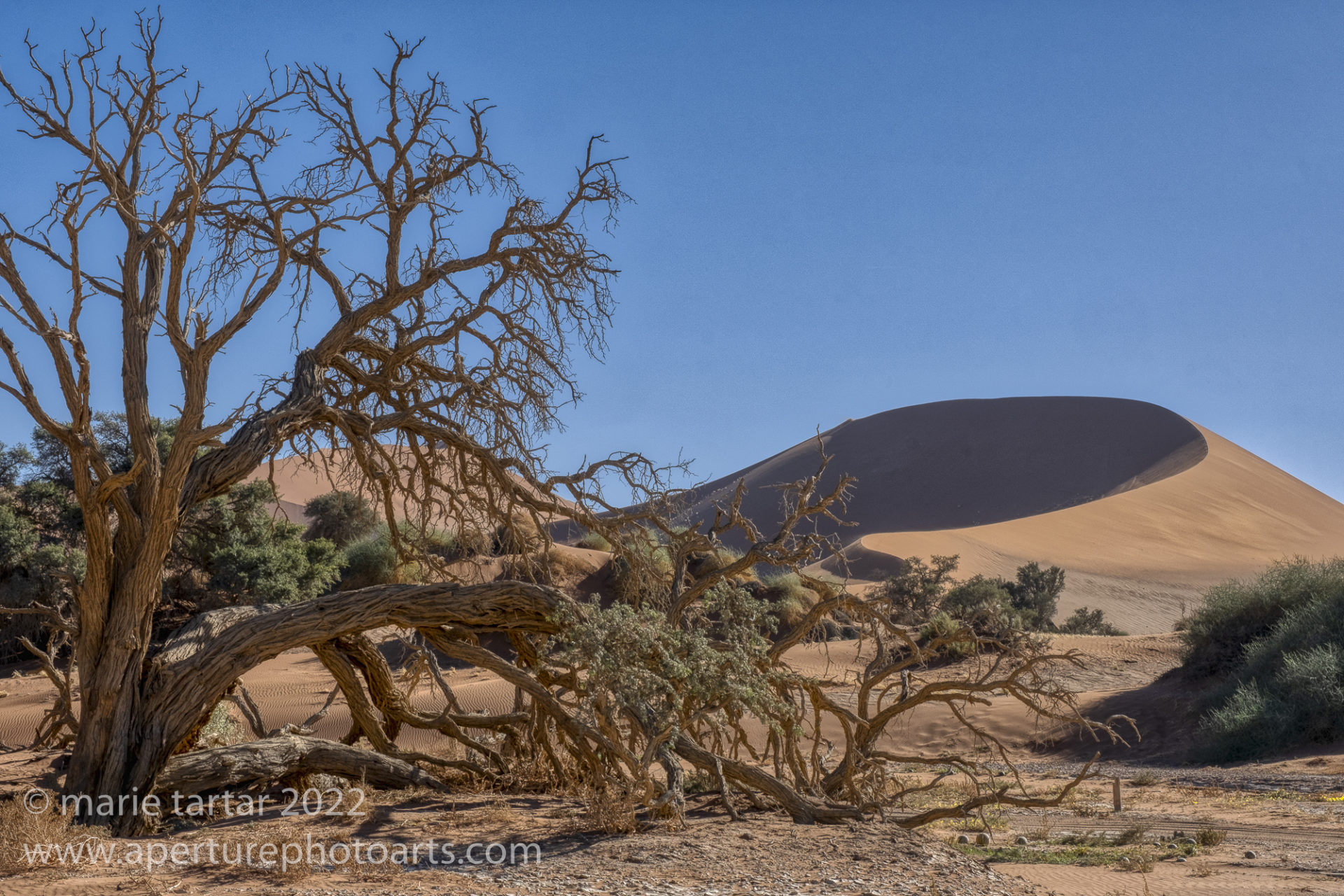
Breakfast in the field after shooting the sunrise at Deadvlei, Namibia: great view, enhanced with amarula laced coffees.
As we headed to the dining room for lunch, a mother and baby hyrex were scampering around the pool. After a lunch of Greek salad and hake fish, Martin walked us through how he processes Milky Way shots.

Sossusvlei, Namibia: There are tiny people trudging along the spine of the distant dune; the wind can be seen re-arranging the dune at right.
For our afternoon shoot, we again headed out to the dunes.
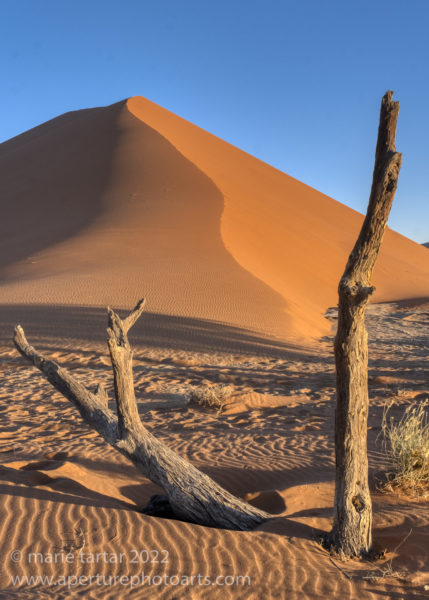
Late afternoon, Sossusvlei, Namibia, at a dune requiring some walking to reach, so we had it to ourselves.
We finished up our last shoot in Sossusvlei in a very civilized manner, with Forster producing an al fresco cocktail hour in the field, where a gin and tonic tasted especially good.
Jan introduced us to a South African drink he recalled fondly, coke mixed with Red Heart rum. He grew up and worked in South Africa before emigrating to Australia and now is retired in Switzerland. Jan and Jon were to explore the full range of South African drinks on subsequent nights, including a combo called a Springbok and another with an unsavory name: Soweto Toilet. The Springbok is pretty, served in a shot glass, a layer of clear green crème de menthe with amarula layered on top, the green and gold being the colors of South Africa’s rugby team, the Springboks. The Soweto Toilet also features amarula, layered on top of banana liqueur, with dashes of creme de cacao, which, introduced into the center of amarula on top, settles into the clear bottom half in a disconcertingly turd-like fashion. The combination of flavors is clearly more appealing than the imagery. I have no idea how they had the energy to hit the bar after dinner. I tried frantically to eliminate and minimally edit each night after dinner in a futile effort to keep up. We were still on the landscape portion of the trip and I knew when we started seeing more wildlife in the second half, it would be an overwhelming avalanche.
For our last dinner at the Lodge, I went with chicken, while the rest of group selected the evening’s antelope offering, eland.

A little bit of light spilling over from Sossus Dune Lodge was just enough to barely illuminate the mountain behind the Lodge, over which an amazing Milky Way presided.
This dark setting and spectacular panoply of stars pulled me, Greg, Jon and Jan out to shoot from the boardwalks after dinner each night. After shooting the setting crescent moon from our balcony, I found the men out in the carpark (that’s Jon’s and Martin’s Brit influence there), using the safari vehicles as a foreground for the Milky Way. This closed out another wonderful segment of our stay in Namibia, one I would never forget. It was on to Walvis Bay for us in the morning, where innumerable flamingos and pelicans were amassed in an amazing avian display.
-Marie

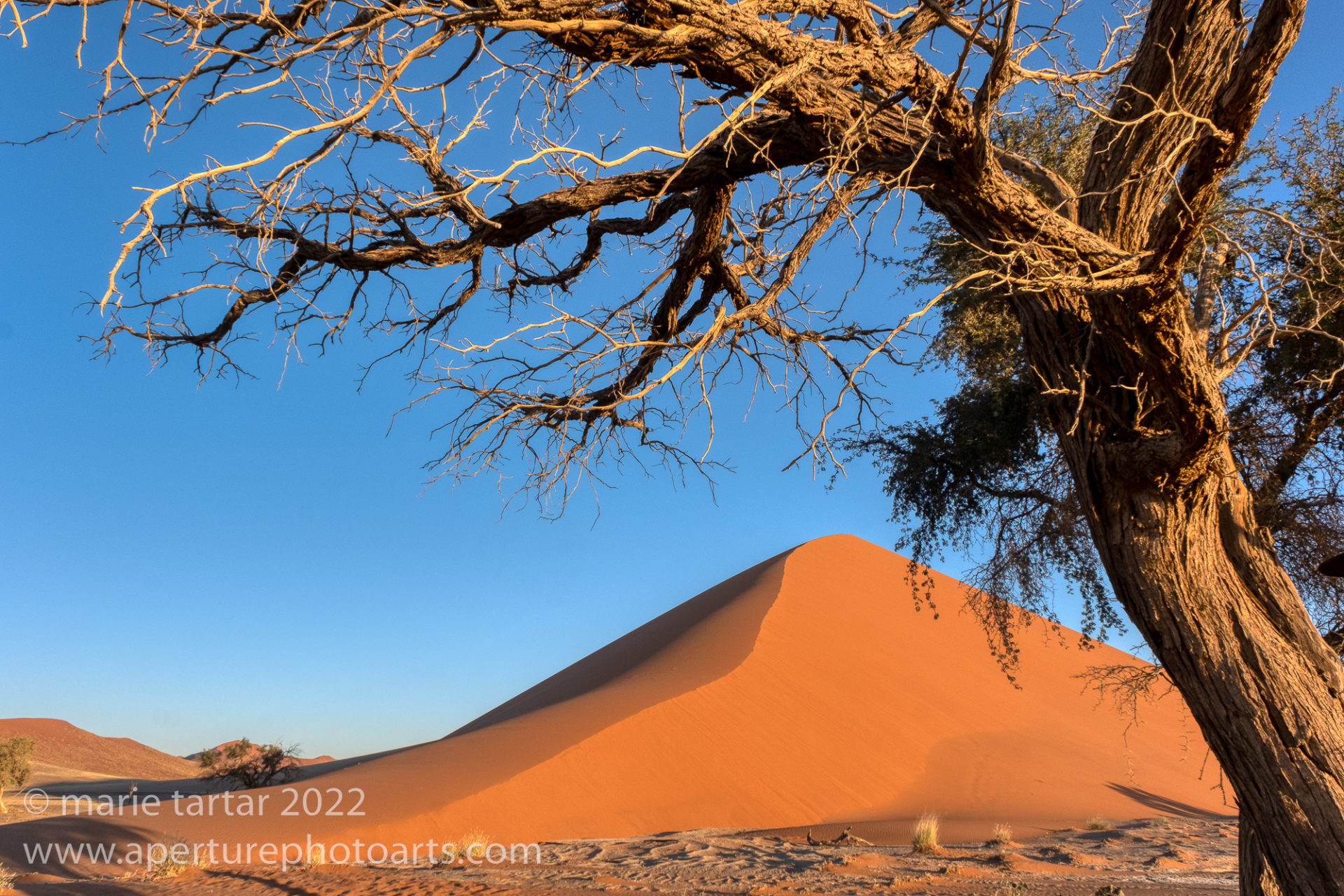
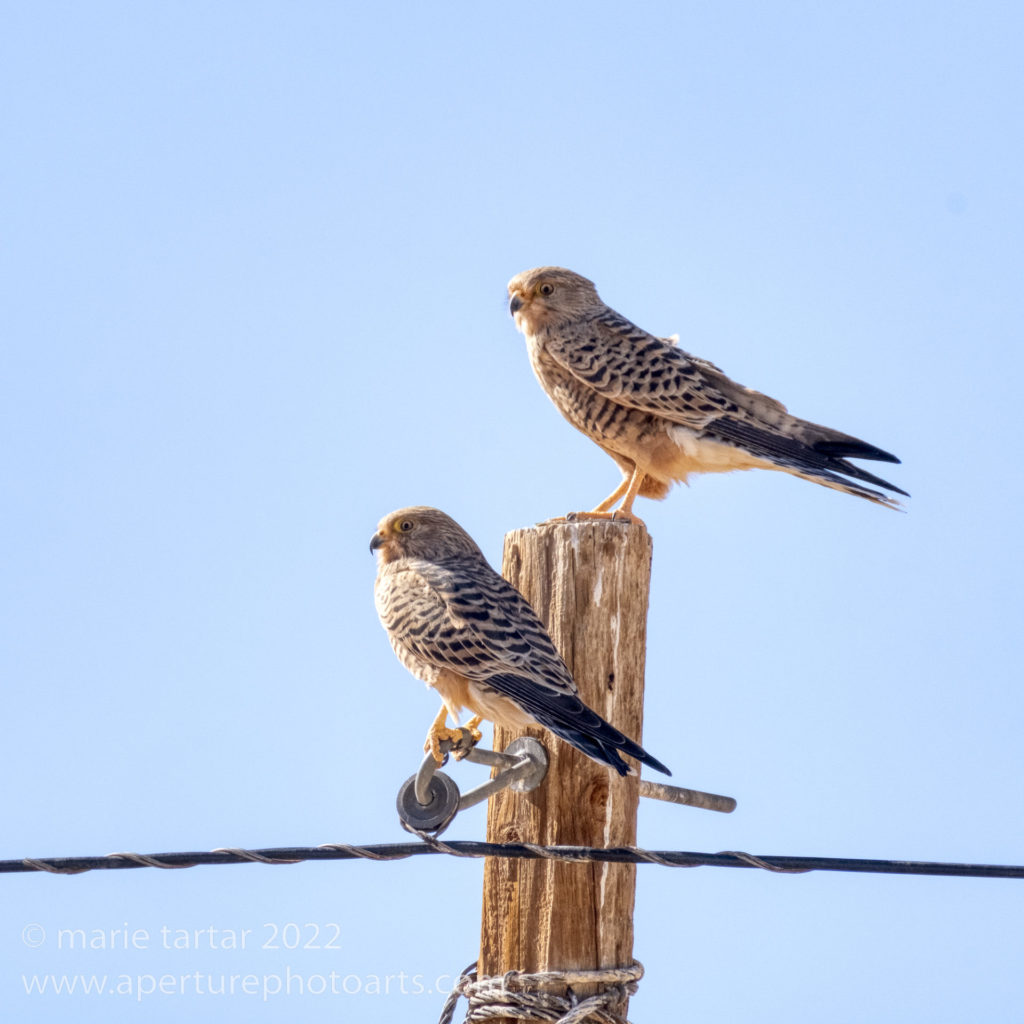
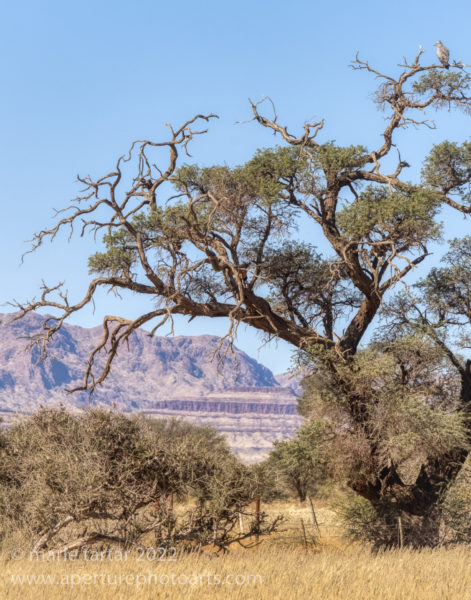
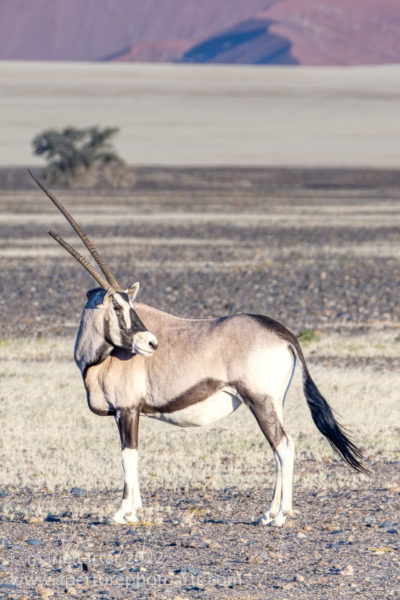


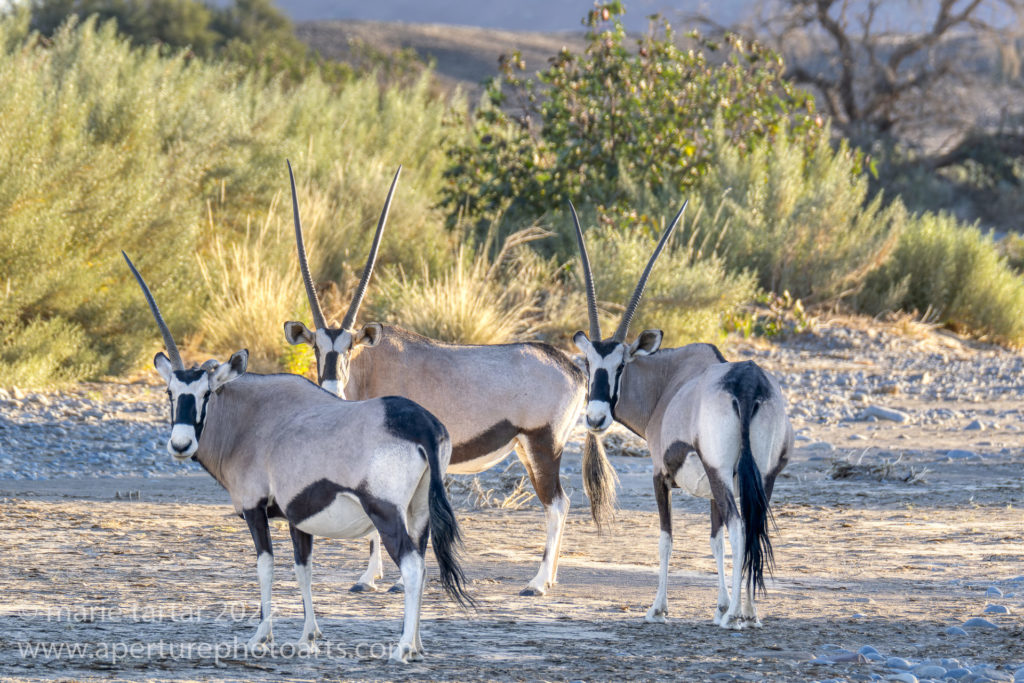

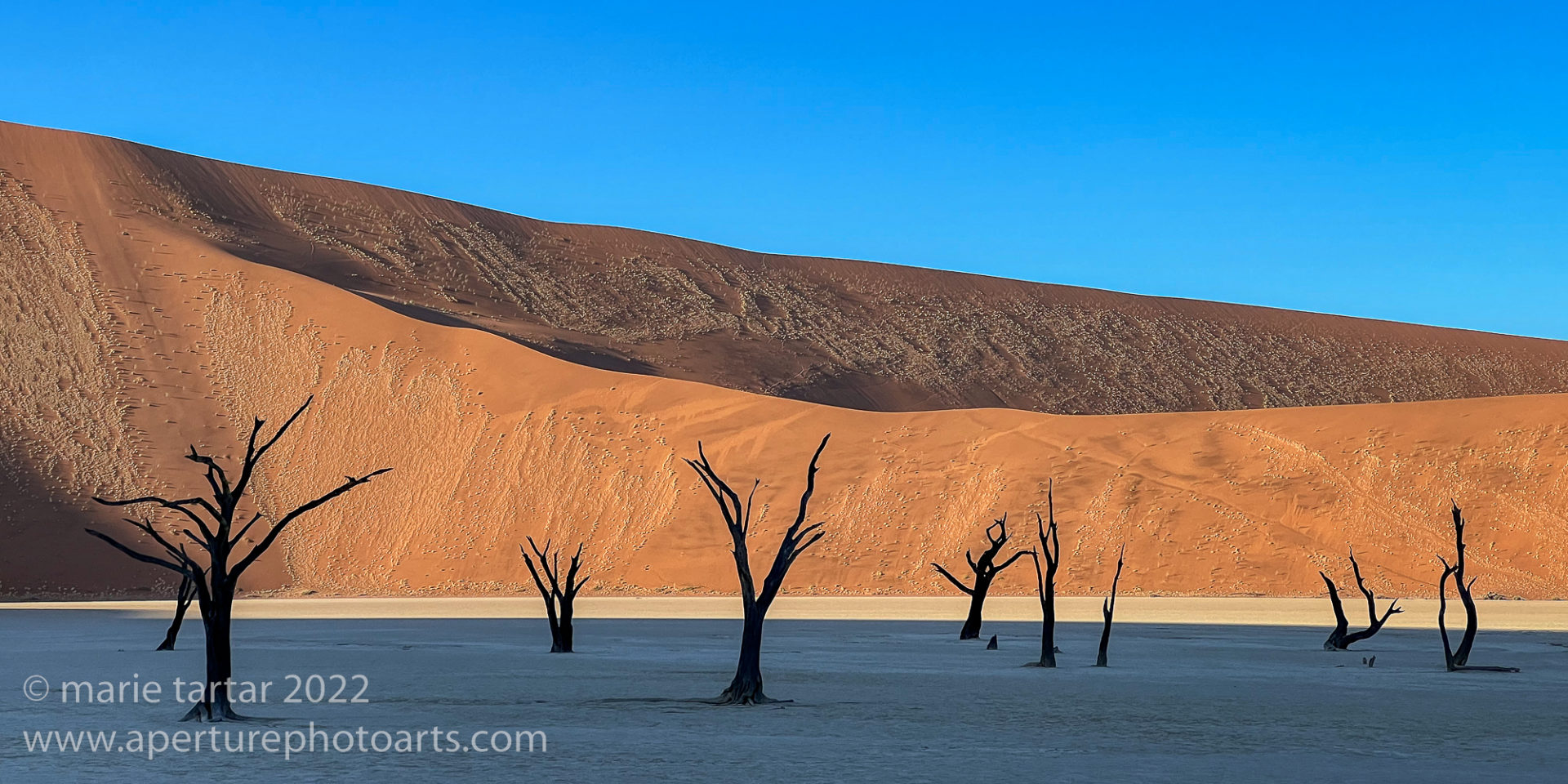
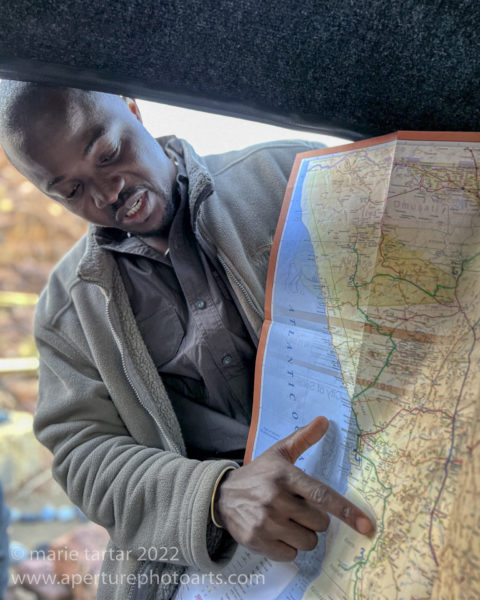
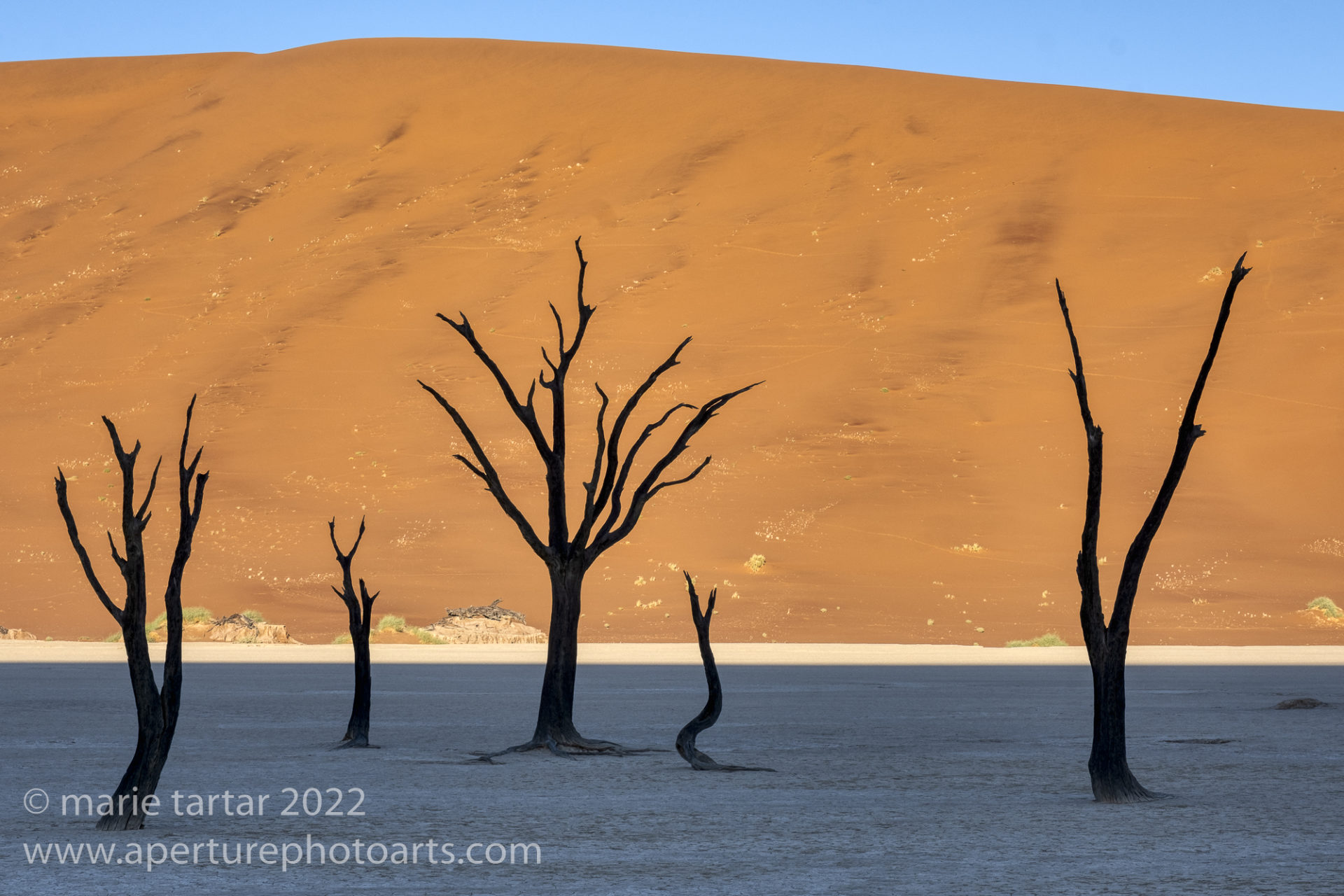

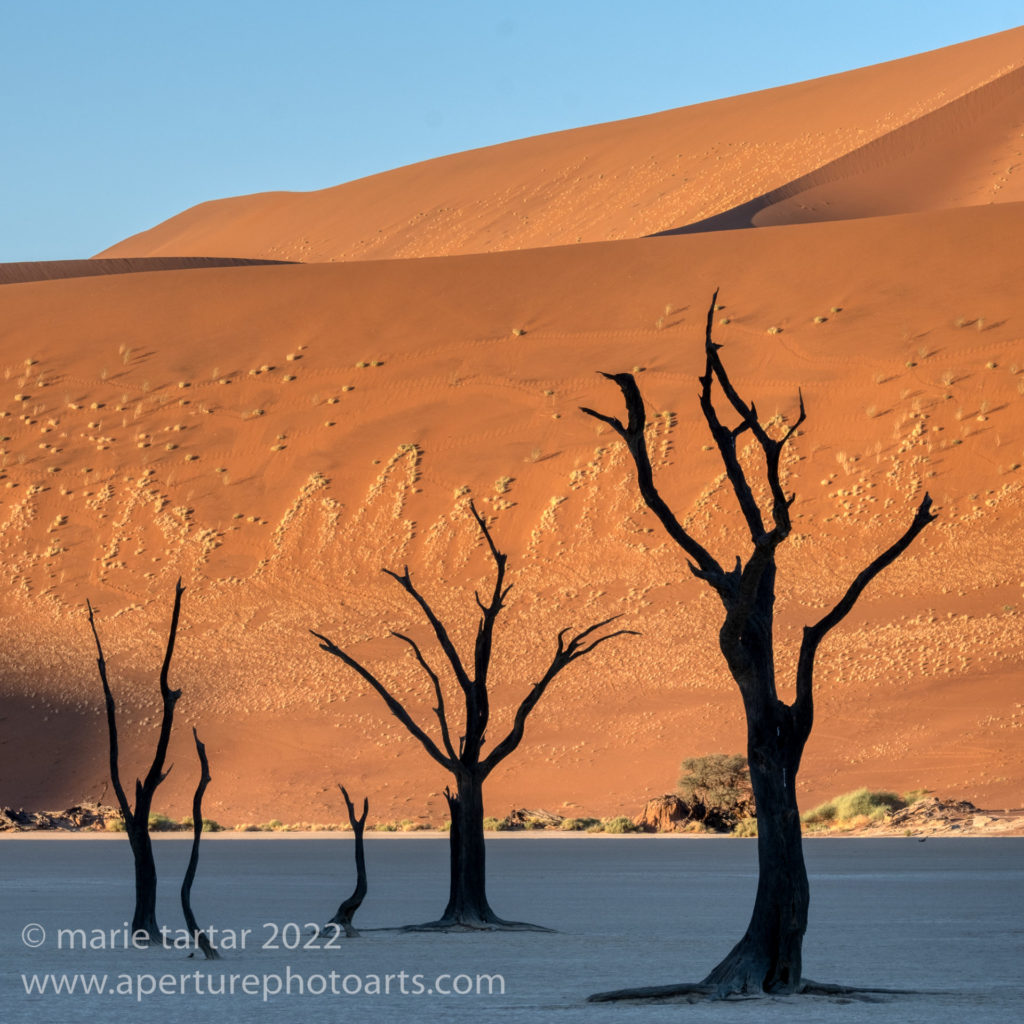
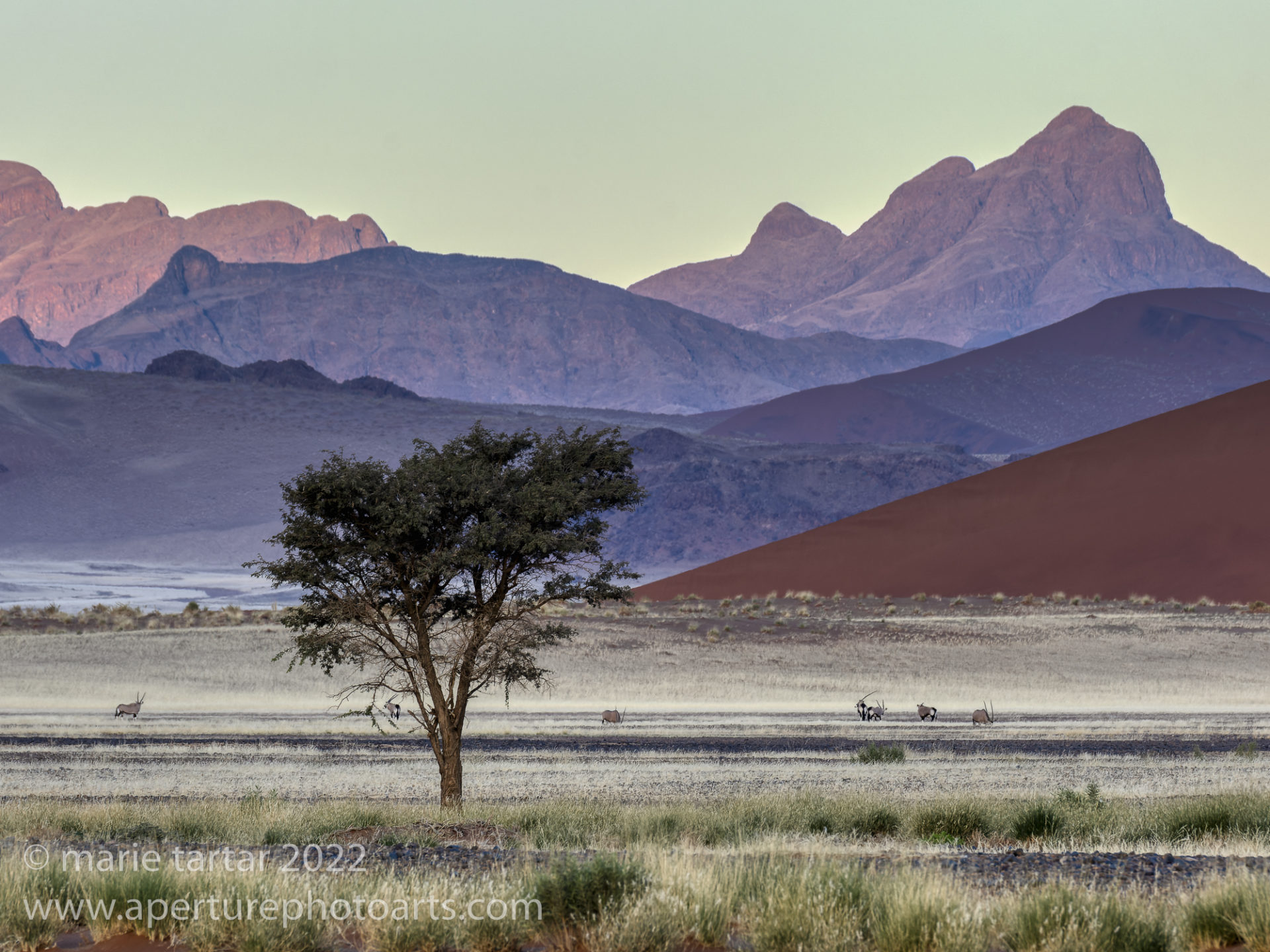

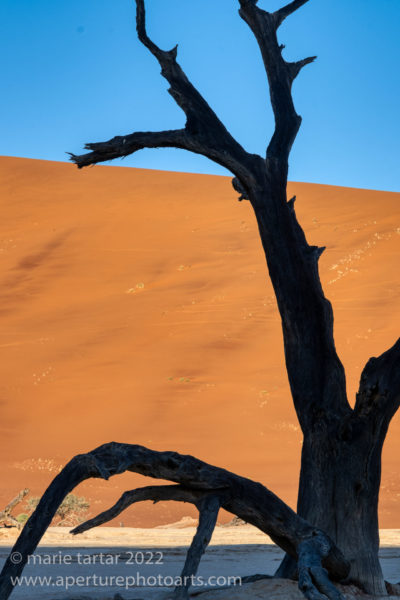
Thank you! So very enjoyable
Hello Fleur, Africa never ceases to amaze! Thanks for checking it out!
-Marie
Stunning images Marie.
Thanks Rick, Namibia was amazingly diverse and inspiring!
-Marie
Wonderful read & photos beauty indescribable. s
Really marvelous variety and extremes in Namibia!
-Marie
It is the small details that makes this story come alive.
You have nailed it. 👏👏👏
I just learned a detail I missed by watching Martin’s podcast-I totally missed another of your drink explorations! The “Lambchop”?! How was it?!
-Marie
this article is very useful, thank you for making a good article